-
 Bitcoin
Bitcoin $108,155.0530
-1.73% -
 Ethereum
Ethereum $2,647.6358
-0.59% -
 Tether USDt
Tether USDt $1.0000
0.00% -
 XRP
XRP $2.2838
-2.18% -
 BNB
BNB $684.1348
-0.95% -
 Solana
Solana $172.5931
-2.96% -
 USDC
USDC $0.9998
-0.01% -
 Dogecoin
Dogecoin $0.2208
-3.47% -
 Cardano
Cardano $0.7503
-2.11% -
 TRON
TRON $0.2749
0.18% -
 Sui
Sui $3.6545
0.77% -
 Hyperliquid
Hyperliquid $34.3480
-8.54% -
 Chainlink
Chainlink $15.7909
-0.72% -
 Avalanche
Avalanche $23.2195
-1.09% -
 Stellar
Stellar $0.2856
-1.53% -
 Toncoin
Toncoin $3.3986
13.27% -
 UNUS SED LEO
UNUS SED LEO $9.0663
2.92% -
 Shiba Inu
Shiba Inu $0.0...01420
-2.13% -
 Bitcoin Cash
Bitcoin Cash $412.6543
-2.13% -
 Hedera
Hedera $0.1852
-2.17% -
 Litecoin
Litecoin $95.8081
-0.38% -
 Polkadot
Polkadot $4.5662
0.15% -
 Monero
Monero $351.7424
-9.55% -
 Bitget Token
Bitget Token $5.3166
-0.71% -
 Pepe
Pepe $0.0...01391
-0.55% -
 Dai
Dai $0.9999
0.00% -
 Pi
Pi $0.7363
-2.90% -
 Ethena USDe
Ethena USDe $1.0007
0.01% -
 Uniswap
Uniswap $6.7497
3.03% -
 Aave
Aave $267.9585
-4.55%
Is MFI accurate when it moves abnormally at the end of the trading day? How to interpret MFI when it rises at the end of the trading day?
The accuracy of the MFI can be questioned when it rises abnormally at the end of the trading day, potentially misleading traders about market trends.
May 27, 2025 at 08:49 pm
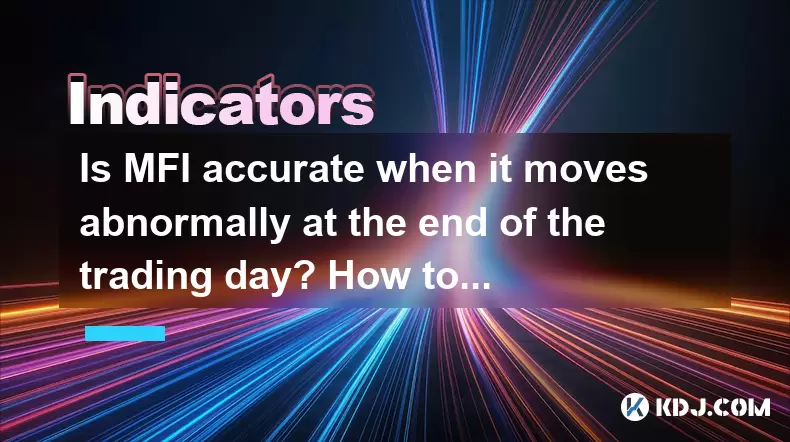
The Money Flow Index (MFI) is a popular technical indicator used by traders to assess the strength and sustainability of a price trend in the cryptocurrency market. It measures the inflow and outflow of money into a security over a specified period, often 14 days, and is commonly used to identify potential overbought or oversold conditions. However, the accuracy of the MFI can be questioned when it moves abnormally at the end of the trading day. In this article, we will explore how to interpret the MFI when it rises at the end of the trading day and what it could signify.
Understanding the Money Flow Index (MFI)
Before delving into the specifics of MFI movements at the end of the trading day, it's crucial to understand how the MFI is calculated and what it represents. The MFI is derived from the price and volume of a security. It combines the principles of momentum and volume to provide insights into the buying and selling pressure. The formula for MFI involves calculating the typical price (average of high, low, and close prices) and the raw money flow (typical price multiplied by volume). The MFI ranges between 0 and 100, with readings above 80 typically indicating overbought conditions and readings below 20 indicating oversold conditions.
Abnormal MFI Movements at the End of the Trading Day
An abnormal movement in the MFI at the end of the trading day refers to a significant change in the MFI value that deviates from the typical patterns observed during the rest of the trading session. This can occur due to various factors, such as large trades executed near the close, news releases affecting market sentiment, or liquidity issues. When the MFI rises sharply at the end of the trading day, it can lead to confusion among traders about the true state of the market.
Interpreting a Rising MFI at the End of the Trading Day
When the MFI rises at the end of the trading day, it is essential to consider several factors to accurately interpret this movement:
Volume Confirmation: Check if the volume at the end of the day supports the MFI rise. A significant increase in volume can validate the MFI movement, indicating strong buying pressure. Conversely, a lack of volume may suggest that the MFI rise is not as significant as it appears.
Price Action: Examine the price action during the last few minutes of trading. If the price also rises in tandem with the MFI, it could reinforce the signal of bullish momentum. However, if the price remains stagnant or declines, the rising MFI might be misleading.
Market Context: Consider the broader market context. If the cryptocurrency market as a whole is experiencing a bullish trend, a rising MFI at the end of the day could be a continuation of this trend. However, if the market is bearish or volatile, the MFI rise might be a false signal.
Historical Data: Analyze historical data to see if similar MFI movements at the end of the day have been reliable indicators in the past. This can help determine whether the current movement is likely to be a true signal or a false one.
Potential Causes of Abnormal MFI Movements
Understanding the potential causes of abnormal MFI movements can help traders better interpret these signals. Some common causes include:
Large Trades: Institutional or whale traders executing large buy orders near the close of the market can significantly impact the MFI. These trades can create a false sense of bullish momentum if they are not part of a broader trend.
News and Events: News releases or events that occur near the end of the trading day can lead to sudden changes in market sentiment, causing abnormal MFI movements. Traders need to be aware of any news that could affect their chosen cryptocurrency.
Liquidity Issues: In some cases, lower liquidity at the end of the trading day can amplify the impact of trades on the MFI. This can result in exaggerated movements that do not reflect the true market sentiment.
Strategies for Trading Based on End-of-Day MFI Movements
When the MFI rises at the end of the trading day, traders can employ several strategies to capitalize on this information:
Confirmation with Other Indicators: Use other technical indicators, such as the Relative Strength Index (RSI) or Moving Averages, to confirm the MFI signal. If multiple indicators align, the signal is more likely to be reliable.
Wait for the Next Day's Open: Instead of acting immediately on the MFI rise, wait for the market to open the next day. If the MFI continues to rise or remains elevated, it may confirm the bullish signal.
Set Stop-Loss Orders: To manage risk, set stop-loss orders based on the MFI movement. If the MFI rise is a false signal, the stop-loss can help limit potential losses.
Monitor Intraday Movements: Keep an eye on intraday MFI movements to see if the end-of-day rise is part of a broader trend. If the MFI remains high throughout the day, it could indicate sustained buying pressure.
Case Studies of End-of-Day MFI Movements
To illustrate how to interpret a rising MFI at the end of the trading day, let's look at a few case studies:
Case Study 1: A popular cryptocurrency experiences a sharp rise in MFI at the end of the trading day, accompanied by high volume. The next day, the price continues to rise, confirming the bullish signal. In this case, the end-of-day MFI rise was a reliable indicator of continued buying pressure.
Case Study 2: Another cryptocurrency shows a similar MFI rise at the end of the day, but the volume is low, and the price does not move significantly. The following day, the MFI drops back to normal levels, and the price remains stable. Here, the MFI rise was a false signal due to the lack of volume and price confirmation.
Case Study 3: A cryptocurrency's MFI rises at the end of the day following a positive news release. The next day, the price and MFI both rise, indicating that the news-driven MFI movement was a true signal of bullish momentum.
FAQs
Q: Can the MFI be used effectively in conjunction with other technical indicators?
A: Yes, the MFI can be used effectively with other technical indicators such as the RSI, Moving Averages, and MACD to confirm signals and improve trading accuracy. Combining multiple indicators can help traders make more informed decisions.
Q: How does the choice of the time period affect the MFI's accuracy?
A: The choice of the time period for calculating the MFI can significantly affect its accuracy. A shorter time period, such as 7 days, can make the MFI more sensitive to recent price movements, while a longer period, such as 21 days, can provide a smoother, less volatile indicator. Traders should experiment with different time periods to find what works best for their trading style.
Q: What are the limitations of using the MFI for end-of-day trading?
A: One limitation of using the MFI for end-of-day trading is the potential for false signals due to abnormal movements caused by large trades or news events. Additionally, the MFI may not account for overnight market developments, which can affect the next day's trading. Traders should be cautious and use other indicators to confirm MFI signals.
Q: How can traders avoid being misled by end-of-day MFI spikes?
A: To avoid being misled by end-of-day MFI spikes, traders should look for confirmation from volume and price action. Waiting for the next day's open to see if the MFI movement persists can also help validate the signal. Additionally, using a combination of technical indicators can provide a more comprehensive view of market conditions.
Disclaimer:info@kdj.com
The information provided is not trading advice. kdj.com does not assume any responsibility for any investments made based on the information provided in this article. Cryptocurrencies are highly volatile and it is highly recommended that you invest with caution after thorough research!
If you believe that the content used on this website infringes your copyright, please contact us immediately (info@kdj.com) and we will delete it promptly.
- MIND of Pepe Poised to Explode as Presale Enters Final 3 Days
- 2025-05-28 22:05:13
- Charles Hoskinson Declines $3M for Pet Pig Nike – Cardano founder turns down massive offer, calling Nike "priceless"
- 2025-05-28 22:05:13
- Best Wallet Token ($BEST) Is Making Waves in the Quantum Computing Era
- 2025-05-28 22:00:27
- Some of the Most Talked-About Tokens in 2025 Aren't the Ones Dominating the Top Rankings
- 2025-05-28 22:00:27
- LinqAI Joins Online+ to Power Web3 Automation
- 2025-05-28 21:55:13
- Bitcoin (BTC) Breaks Through $100,00, Setting a New Record; Fartcoin (FART) Explodes by 200%
- 2025-05-28 21:55:13
Related knowledge
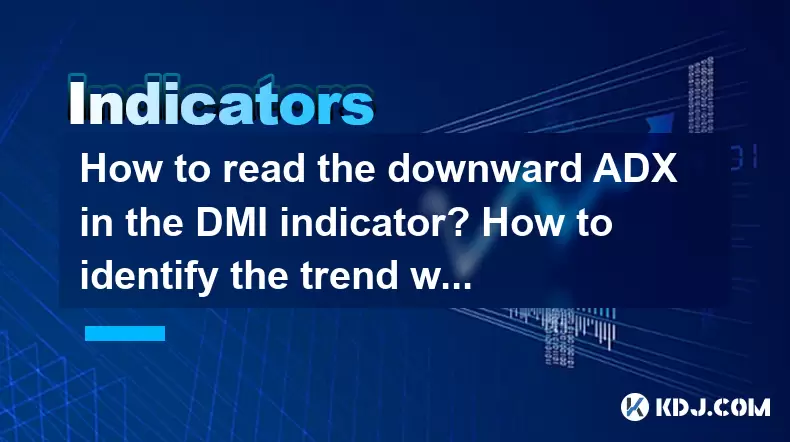
How to read the downward ADX in the DMI indicator? How to identify the trend weakening signal?
May 28,2025 at 10:28pm
The Directional Movement Index (DMI) is a popular technical analysis tool used by cryptocurrency traders to determine the strength of a trend and potential price movements. One of the key components of the DMI is the Average Directional Index (ADX), which helps traders gauge the strength of a trend, whether it's upward or downward. In this article, we w...
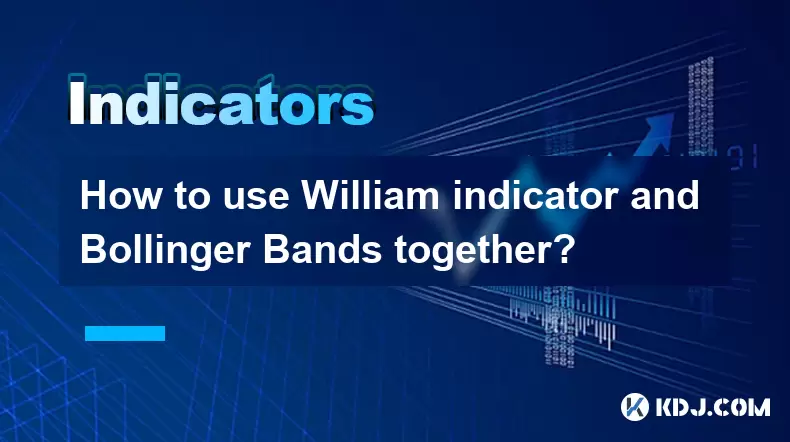
How to use William indicator and Bollinger Bands together?
May 28,2025 at 10:35pm
How to Use the William Indicator and Bollinger Bands Together? The cryptocurrency market is known for its volatility and unpredictability. To navigate this complex landscape, traders often rely on technical analysis tools to make informed decisions. Two popular tools among crypto traders are the William Indicator and Bollinger Bands. When used together,...
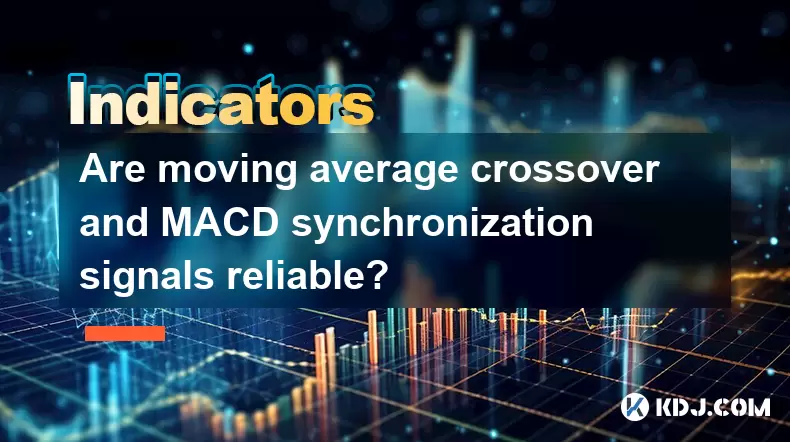
Are moving average crossover and MACD synchronization signals reliable?
May 28,2025 at 08:36pm
Are moving average crossover and MACD synchronization signals reliable? In the world of cryptocurrency trading, technical analysis plays a pivotal role in making informed decisions. Among the various tools and indicators used, moving average crossover and the Moving Average Convergence Divergence (MACD) are particularly popular. Traders often look for s...
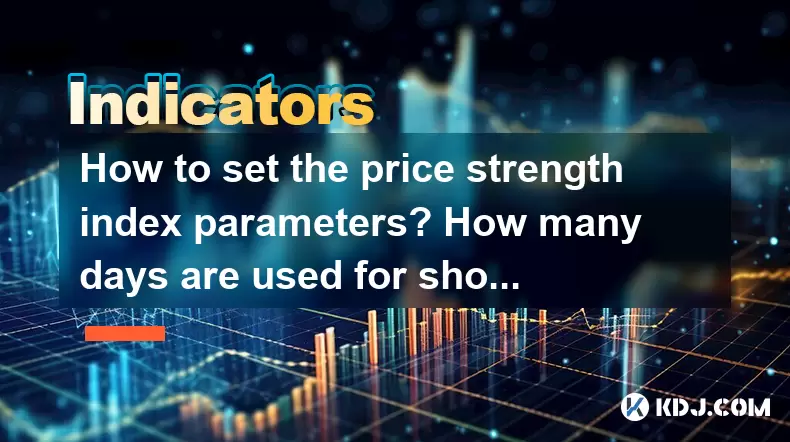
How to set the price strength index parameters? How many days are used for short-term trading?
May 28,2025 at 09:42pm
Understanding the Price Strength IndexThe Price Strength Index (PSI) is a technical analysis tool used in the cryptocurrency trading community to measure the strength of a price trend. This index helps traders identify potential buy and sell signals by analyzing the momentum of price movements over a specified period. To effectively use the PSI, it is c...
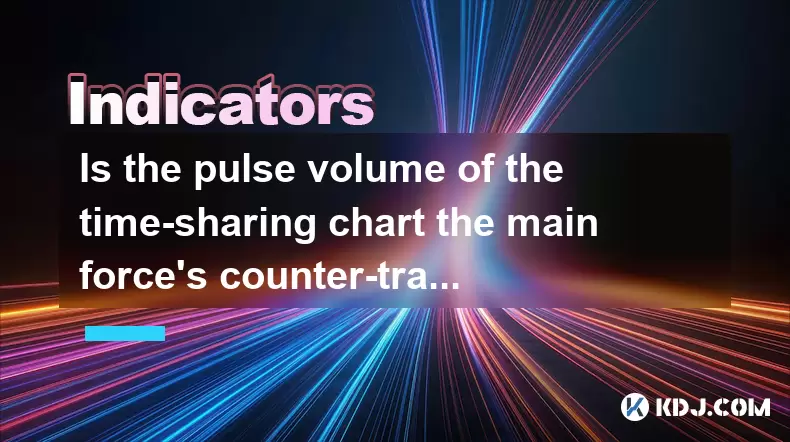
Is the pulse volume of the time-sharing chart the main force's counter-trading?
May 28,2025 at 07:50pm
In the world of cryptocurrency trading, understanding the nuances of various chart types and their indicators is crucial for making informed decisions. One of the more intriguing aspects traders often delve into is the pulse volume of a time-sharing chart and whether it indicates the main force's counter-trading activities. Let's explore this topic in d...
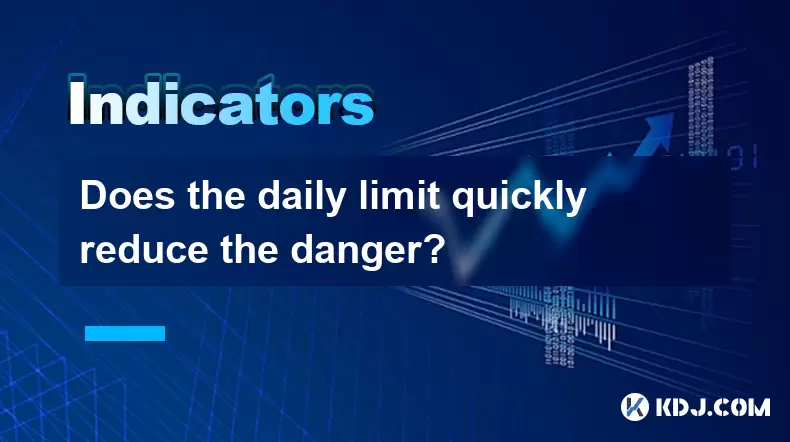
Does the daily limit quickly reduce the danger?
May 28,2025 at 07:00pm
Does the daily limit quickly reduce the danger? In the world of cryptocurrency trading, the concept of a daily limit is often discussed as a tool for managing risk. Traders and investors frequently ask whether setting a daily limit can quickly reduce the dangers associated with volatile markets. This article delves into the intricacies of daily limits i...

How to read the downward ADX in the DMI indicator? How to identify the trend weakening signal?
May 28,2025 at 10:28pm
The Directional Movement Index (DMI) is a popular technical analysis tool used by cryptocurrency traders to determine the strength of a trend and potential price movements. One of the key components of the DMI is the Average Directional Index (ADX), which helps traders gauge the strength of a trend, whether it's upward or downward. In this article, we w...

How to use William indicator and Bollinger Bands together?
May 28,2025 at 10:35pm
How to Use the William Indicator and Bollinger Bands Together? The cryptocurrency market is known for its volatility and unpredictability. To navigate this complex landscape, traders often rely on technical analysis tools to make informed decisions. Two popular tools among crypto traders are the William Indicator and Bollinger Bands. When used together,...

Are moving average crossover and MACD synchronization signals reliable?
May 28,2025 at 08:36pm
Are moving average crossover and MACD synchronization signals reliable? In the world of cryptocurrency trading, technical analysis plays a pivotal role in making informed decisions. Among the various tools and indicators used, moving average crossover and the Moving Average Convergence Divergence (MACD) are particularly popular. Traders often look for s...

How to set the price strength index parameters? How many days are used for short-term trading?
May 28,2025 at 09:42pm
Understanding the Price Strength IndexThe Price Strength Index (PSI) is a technical analysis tool used in the cryptocurrency trading community to measure the strength of a price trend. This index helps traders identify potential buy and sell signals by analyzing the momentum of price movements over a specified period. To effectively use the PSI, it is c...

Is the pulse volume of the time-sharing chart the main force's counter-trading?
May 28,2025 at 07:50pm
In the world of cryptocurrency trading, understanding the nuances of various chart types and their indicators is crucial for making informed decisions. One of the more intriguing aspects traders often delve into is the pulse volume of a time-sharing chart and whether it indicates the main force's counter-trading activities. Let's explore this topic in d...

Does the daily limit quickly reduce the danger?
May 28,2025 at 07:00pm
Does the daily limit quickly reduce the danger? In the world of cryptocurrency trading, the concept of a daily limit is often discussed as a tool for managing risk. Traders and investors frequently ask whether setting a daily limit can quickly reduce the dangers associated with volatile markets. This article delves into the intricacies of daily limits i...
See all articles

























































































